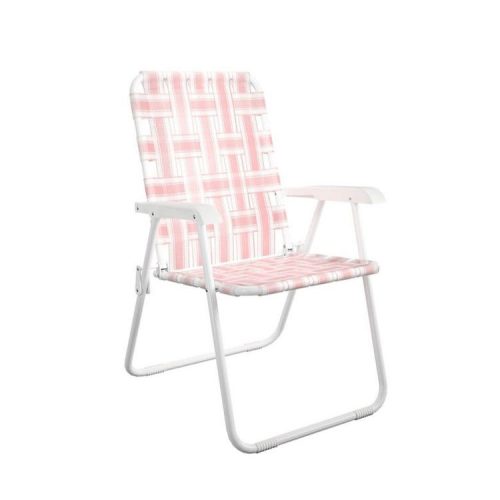Chair webbing is an essential component of many types of chairs, providing support and comfort to the seated individual. It is commonly used in the seats and backs of chairs, particularly in furniture with woven or mesh patterns. Chair webbing comes in various materials, each with its own characteristics and benefits. Here’s a guide to different materials used for chair webbing:
- Jute Webbing:
- Jute is a natural fiber derived from the jute plant.
- It’s a popular choice for traditional and rustic-style chairs.
- Jute webbing is known for its durability and strength.
- It can stretch and conform well to the shape of the chair’s frame.
- Jute webbing can be stapled, tacked, or sewn onto the chair’s frame.
- Elastic Webbing:
- Elastic webbing is made from synthetic materials, often rubber or a rubber-like material.
- It provides a comfortable and slightly springy seating experience.
- Elastic webbing is commonly used in modern and casual furniture.
- It offers good elasticity and flexibility, making it suitable for chairs that require a bit of bounce.
- This type of webbing is typically stapled or tacked onto the chair’s frame.
- Polypropylene Webbing:
- Polypropylene is a synthetic material known for its strength and resistance to moisture and UV rays.
- It’s often used in outdoor furniture or in chairs that might be exposed to the elements.
- Polypropylene webbing is highly durable and can maintain its integrity in various weather conditions.
- It can be stapled or tacked onto the chair’s frame, and it’s relatively easy to work with.
- Nylon Webbing:
- Nylon is a synthetic material with excellent strength and durability.
- Nylon webbing is often used in heavy-duty applications and for chairs that require strong support.
- It can withstand significant weight and tension, making it suitable for larger individuals.
- Nylon webbing is commonly used in commercial settings or high-traffic areas.
- Like other types of webbing, nylon webbing can be stapled, tacked, or sewn onto the chair’s frame.
- Rubber Webbing:
- Rubber webbing is made from natural or synthetic rubber.
- It offers a comfortable and flexible seating surface.
- Rubber webbing is commonly used in mid-century modern furniture.
- It provides a distinct look and feel, often associated with vintage designs.
- This type of webbing is typically stapled or tacked onto the chair’s frame.
When choosing chair webbing material, consider the chair’s design, intended use, and overall aesthetic. Keep in mind factors such as durability, comfort, and maintenance requirements. Additionally, different webbing materials might require slightly different installation methods, so be sure to follow manufacturer recommendations or consult with a professional if needed.


